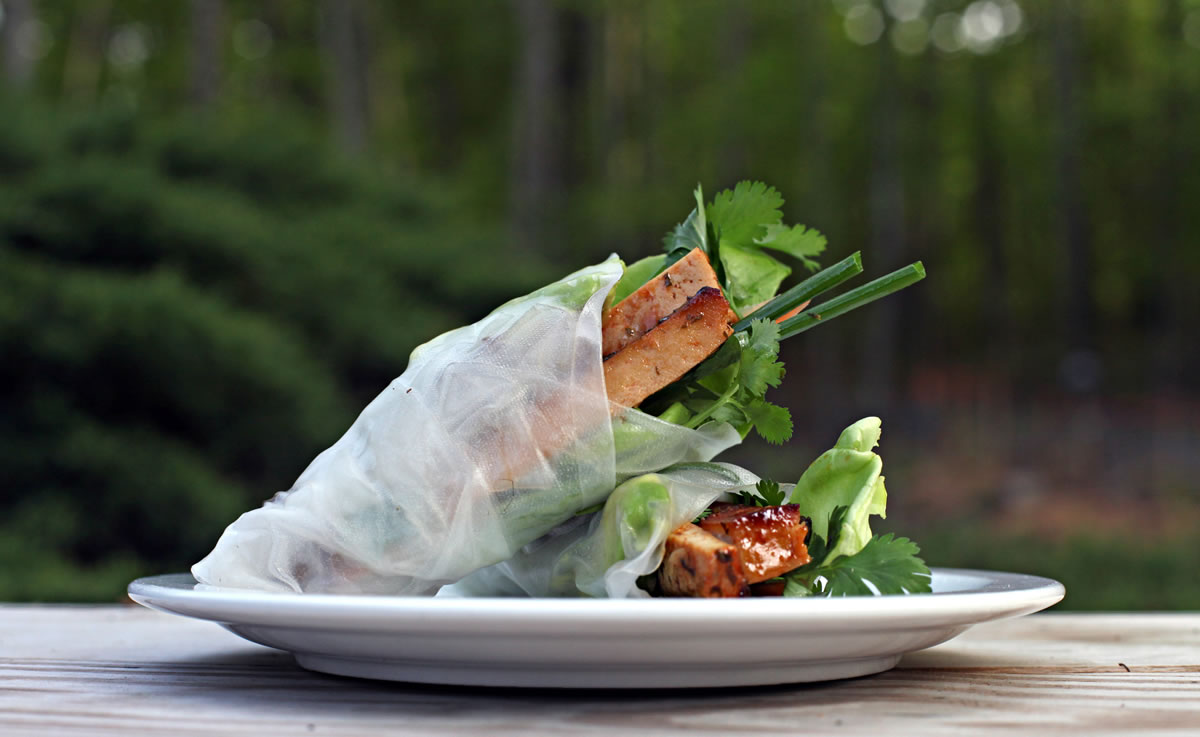Carly Rodgers has her hands full, figuratively and literally. She’s under the gun to finish cooking dinner for 70-odd people, the bulk of the population at Twin Oaks, the so-called “intentional community” where she lives. And she’s forming tofu patties that she’ll fry up and coat with a mushroom gravy, as a vegetarian alternative to tonight’s buffet-style main course of Salisbury steak.
Wearing drawstring pants, a nose ring and an apron that issues the two-word order “Eat Tofu,” Rodgers is the picture of the modern-day hippie. She’s also the beaming young kitchen manager at Twin Oaks, where she cooks four times a week, more often than any other member.
“I used to do more stuff,” Rodgers says as she blends tofu with eggs, nuts, seeds and spices for the burgers. “But I’ve whittled it down to this. The kitchen is where I’m most at home.”
She and the 92 other residents also work full-time at this 450-acre compound near Charlottesville, Va., dividing their duties according to interest and need among jobs that support the community, which was founded in 1967 and is now one of the oldest such places in the country. Those jobs include such domestic duties as cooking, cleaning, growing vegetables and maintaining cars and bicycles, crucial tasks that keep Twin Oaks members happy (not to mention clothed, fed and cared for). And for many, they include working at one of the businesses that help pay the egalitarian community’s expenses. For a long time, the most profitable venture was its handmade hammocks. These days, the tofu business – whose slogan is quoted on that apron Rodgers is wearing – is just as important, and getting more so.



